For anglers eager to fish in the diverse waters of British Columbia, understanding the fishing regulations is essential. While the abundance of rules may seem daunting at first, authorities have recognized the need for simplicity without compromising the protection of fishery resources. These regulations are designed to promote sustainability and preserve the high-quality sportfishing experience in BC.
-
- Regulatory Authorities: Fisheries and Oceans Canada manages saltwater fishery resources, while BC's Ministry of Environment oversees rivers and lakes, with the exception of pacific salmon, which fall under the jurisdiction of Fisheries and Oceans Canada. It is crucial to familiarize yourself with three main sets of regulations: freshwater fishing regulations by the Ministry of Environment, saltwater fishing regulations by Fisheries and Oceans Canada, and freshwater salmon fishing regulations, also governed by Fisheries and Oceans Canada.
-
-
Identifying Fish Species: Accurate identification of fish species is vital to avoid mistakenly catching protected fish or consuming potentially harmful species. Each fish species possesses unique characteristics such as size, shape, coloration, spotting pattern, mouth position, tail shape, and fin pattern. Differentiating between closely related species, such as Chinook and coho salmon, requires attention to detail to prevent unintended harvesting of the wrong fish.
-
-
Saltwater Fishing Regulations: Anglers venturing into saltwater fishing must familiarize themselves with the specific dos and don'ts and the permitted recreational fishing gear for ocean and estuary fishing. Fisheries and Oceans Canada designates managed waters as "Areas," with corresponding regulations applicable to each area. It is crucial to understand the regulations specific to the chosen area, including any closures, allowable species, and catch limits.
-
-
Freshwater Fishing Regulations: BC's freshwater fishing regulations encompass general, regional, and water-specific regulations. Provincial regulations establish fishing guidelines applicable to all rivers and lakes, including allowable fishing methods, catch quotas, size limits, and definitions. The Ministry of Environment divides freshwater fisheries into eight regions, with each region having its own set of regulations. Regional regulations often include daily catch quotas, fishing boundaries, and species protection measures. Additionally, water-specific regulations tailored to individual rivers or lakes can be found within the respective regional regulation sections.
-
- Freshwater Salmon Fishing Regulations: Freshwater salmon fishing regulations are managed separately by Fisheries and Oceans Canada. While the regional divisions remain the same, anglers must review the allowable salmon quotas specific to the region where their desired river is located. This ensures compliance with catch limits and contributes to sustainable salmon populations.
-
Navigating fishing regulations in British Columbia is vital for responsible angling. Understanding the regulations set forth by Fisheries and Oceans Canada and the Ministry of Environment ensures the preservation of fishery resources and supports sustainable fishing practices. By identifying fish species correctly and adhering to the regulations governing saltwater, freshwater, and freshwater salmon fishing, anglers can enjoy an enriching fishing experience while safeguarding BC's aquatic ecosystems.
-
Remember, always stay up-to-date with the latest regulations and respect the conservation efforts in place. Enjoy the thrill of fishing in British Columbia's bountiful waters while preserving its natural beauty for future generations.
-
Tight lines and happy fishing!








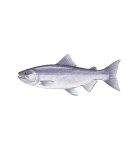








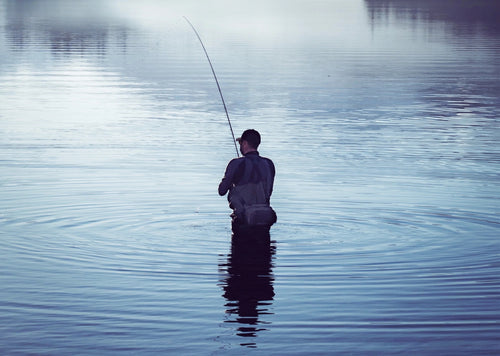
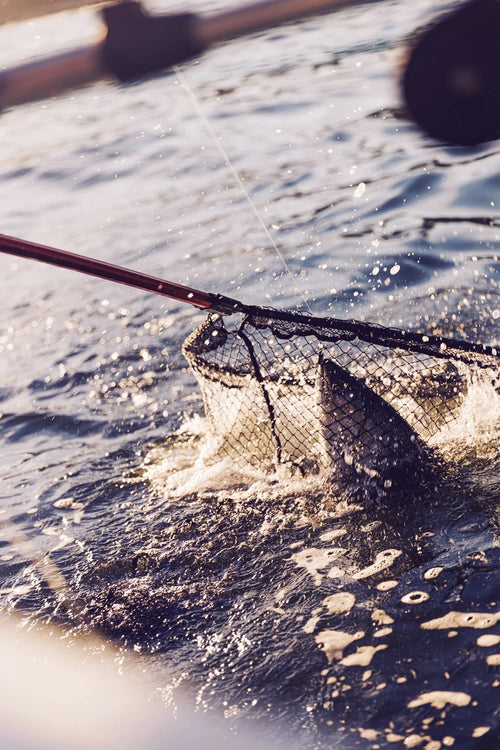





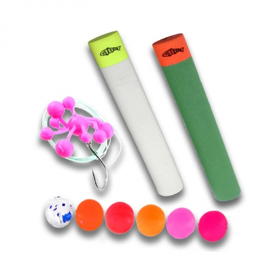









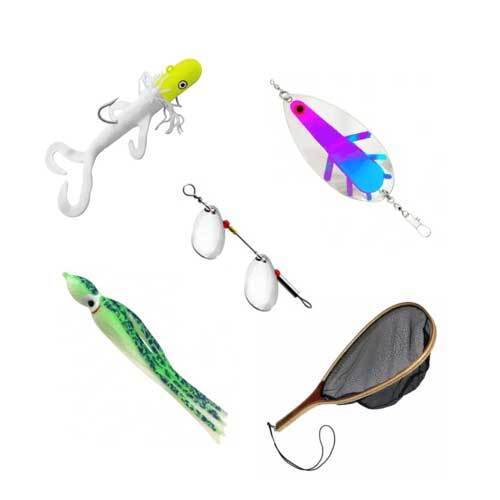



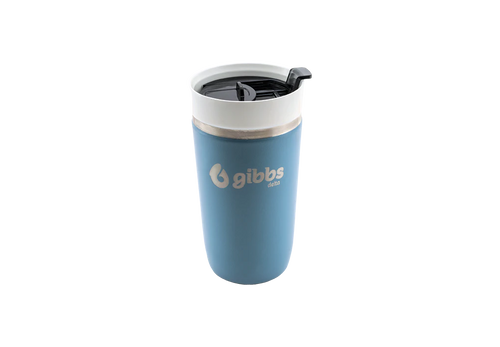





Leave a comment